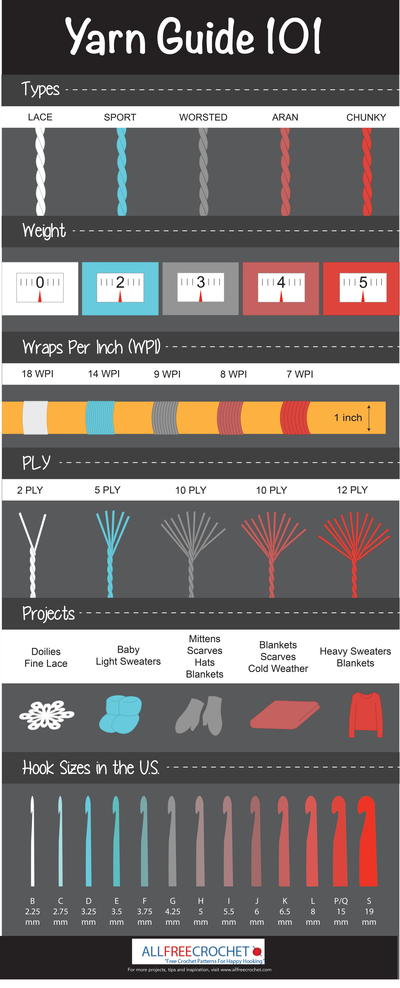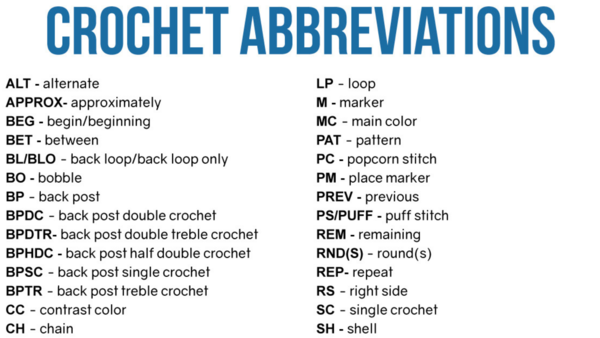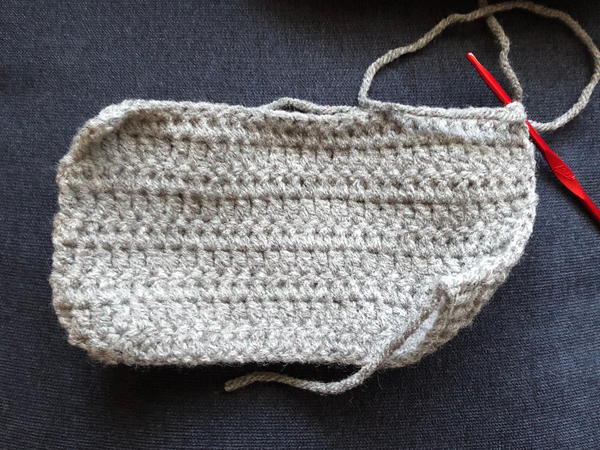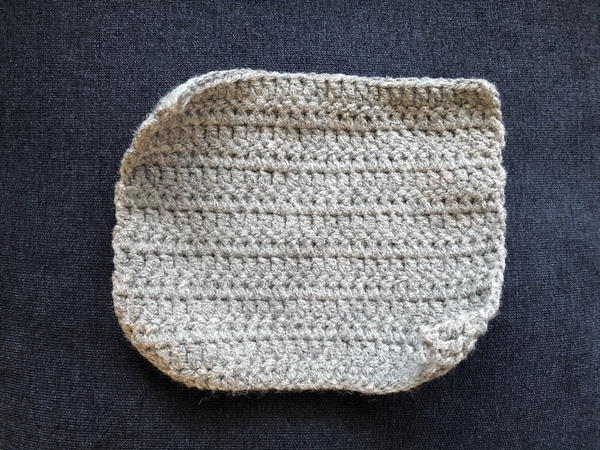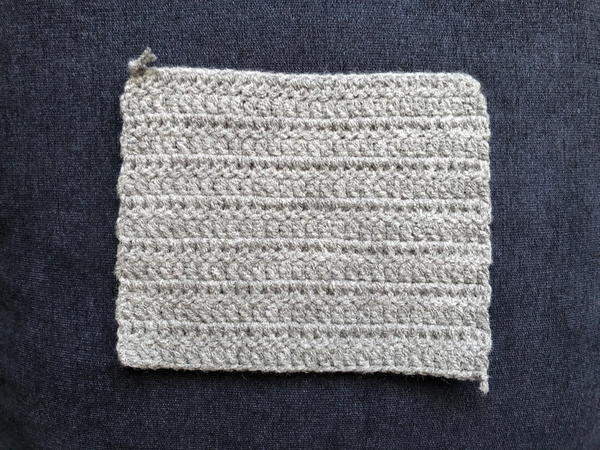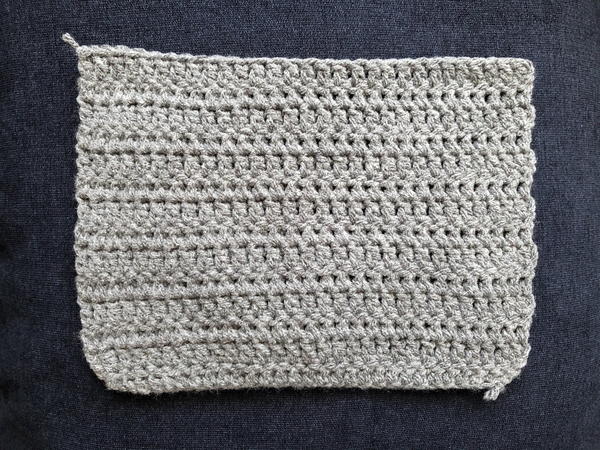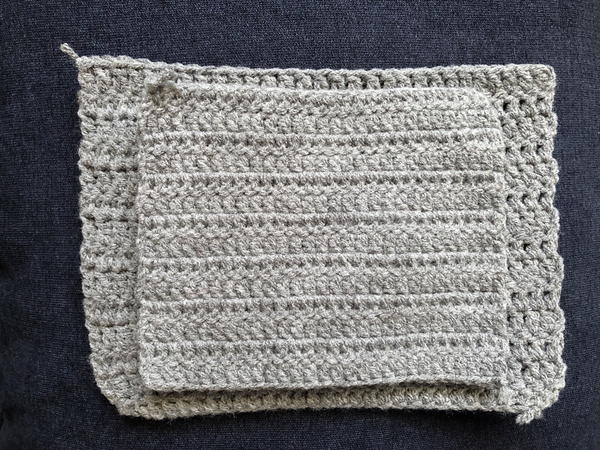Arts and crafts are more than just a fun pastime, they’re truly healing
and restorative and are actually very therapeutic. In fact, the healing
benefits of crocheting (and knitting) are numerous.
These health benefits of learning a new craft like crochet range from
simply calming you down and easing your stress to potentially relieving
depression and reducing the risk of Alzheimer’s disease. Learn our
favorite 7 Surprising Health Benefits of Crocheting with this page of insights.
Crocheting doesn’t just help you if you’re the one who’s sick – it helps
the caregivers around you, your friends and family that help you, love
you and support you. It’s also a very good craft to pick up as a hobby
for group therapy sessions, as you’re healing together in a group
without having the focus completely on you.
There are so many benefits of crochet,
so whether you’re stressed out and can’t sleep or are doing your part
to help slow down Alzheimer’s, you’ll be doing yourself and your health a
favor.
1. Crocheting helps with insomnia.
By focusing on something that’s easy, repetitive and
soothing, like crochet projects, you can calm down your mind and body
enough to let you fall asleep. So the next time you’re tossing and
turning in the middle of the night, don’t get frustrated, just pick up a work in progress!
2. Crocheting reduces stress and anxiety.
When you’re feeling stressed or anxious in your daily
life, take some time for yourself, pick up some yarn and your hook (or
your needles), and spend some time being creative.
By crocheting and allowing yourself to be creative, you’re taking your mind off of whatever’s been nagging you.
By focusing on the repetitive motions of individual stitches and
counting rows, your mind is able to be more relaxed and free from
anxious ideas and thoughts.
3. Crocheting helps ease or relieve depression.
When we do something we like, our brains release
dopamine, a chemical that affects our emotions and functions like a
natural anti-depressant. Scientists now believe that crafts, such as
crocheting, can help stimulate that dopamine release to allow us to feel happier and better about ourselves.
4. Crocheting reduces the risk of Alzheimer’s by 30-50%.
Crocheting can reduce the risk of Alzheimer’s by 30-50%. By engaging in cognitive exercises and stimulating your mind, you can slow down or even prevent memory loss.
Whether you plan on challenging your memory by learning a new stitch or
technique or simply by reading and working up a pattern, by getting a
little crafty, you’ll be helping preserve your memories.
5. Crochet builds your self-esteem.
We all want to feel productive and useful, and by working up a project to give as a gift or sell at a craft fair, we can do just that. Though we don’t craft just for the compliments, a little bit of external validation by someone buying your finished item or your gift recipient wearing that crochet hat you made all winter long can truly give us the self-esteem boosts we need.Embrace your inner heroine by crocheting something to help your confidence.
6. Crocheting acts as a form of group therapy.
For those who seek therapy benefits in group
settings, crocheting can be supremely beneficial. By placing the focus
off of the patient and only the crochet project itself, it provides all
of the previously mentioned health benefits of crocheting plus a sense
of community and togetherness.
By working in a craft, those in a group can immediately have some way of
relating to the other group members, and it may help function as an ice
breaker for more serious conversations. Even if you aren’t actively
seeking therapy, you can benefit from the sense of community that crocheting can bring.
7. Crocheting puts you in control.
Whether you feel helpless as a caregiver watching someone struggle or you’re the one struggling with your own illness or problems, crocheting is a way to put the control back into your own hands – literally. By choosing to craft, you are in full control of everything, from the type of project you’ll be making, the color and type of yarn and even the type of crochet hooks to work with, and that makes a difference in feeling like you have a say again.When I gift what I've made to friends, relatives or my grandchildren, it gives so much satisfaction to see the joy on their faces.It makes me so happy.
Recently, I taught crochet to my grand-nieces, it made me happy that they're eager to learn after seeing what I've made. I taught them right from how to put the yarn around your fingers in stead of rolling around your pointing finger ( I used ti roll around my finger, it used to hurt, if I'm crochet for a long period). My friend taught me how to take it between the little finer and ring finger, then get it from behind middle finger over the pointing finger ! At first, it is a little difficult till one gets the knack of crocheting like this. I taught the 2 sisters, basic crochet stitches, how to increase, decrease, how to read the pattern and understand. I told them that my grandmother taught me how to crochet when I was a teen, but not as sc, dc and so on. The corresponding in Tamil. Later on, by looking at the books, I learned on my own. This was in late 1960s .
First, since amigurumi wasn't known, I used to make doilies, laces, flowers, leaves as applique and put them on a cushion cover. Then made baby sweaters, booties, beanies, scarfs. Then when my granddaughter was born made lots of baby blankets. When my kids were small, I did make a clown not the way we now make amigurumi, it was made with dc and chain, with gaps in between which I stuffed with cotton. The nice plump clown became skinny once I washed him !
It was after the birth of my grandson, for whom I had made sweaters, booties, beanies, baby blankets, my daughter-in-law said, amma, why don't you make animals. It was she who showed me the sites and bought for me the materials to make- polyfil and eyes !The first tiger- the national animal of India came like a starved tiger ! Then made small fish with the eyes. My son's friend had come with his small son. My daughter-in-law gave him the fish to play with. The first thing, he did was turned and turned and removed one eye, then the other ( which made me feel very sad). Luckily, he didn't put the eyes in his mouth. That is when I decided to make eyes with crochet, so my animals will not get blind !
Now, slowly, I've learned to make the animals, my grandson, gives me tests to use my brain a lot. I had practically made all animals including kangaroo with a pouch for its joey. He wanted Durvasa saint/ rishi. To be honest, I never knew who was this saint. So, asked my dil to send me the photo, so made the saint with white hair, white beard, holding a kamadalam ( a holy pot) in his hand.
Then he wanted Lord Krishna, I made Krishna with yellow dhoti and blue top and on the head, made a crown and made a small peacock feather. My dil said, amma, your grandson will not accept, as he has seen Krishna with black hair and peacock feather, so I had to redo it. Then he wanted Lord Vishnu with 4 hands, in each hand whatever the God holds ! Don't ask me now, how I managed to make the 4 hands and join them. Made Lord Hanuman with a long tail and carrying a mace. Recently he wanted an African wild dog, by looking at the photo made it for him. After finishing showed it to him via the video call, he told his dad- my son, the ears are small ! So, I had to re-do the ears.
My friend gave me a challenge, since I'm a great devotee of Lord Ganesha, why don't you make your favourite Ganesha. I made HIM, then when I showed her, she asked me where his HIS animal, the mouse. I made Ganesha standing on a pedestal, so made a mouse and attached to the pedestal.
All these gives me tremendous joy and best of all making my own bags in different colours and shapes !
Recently started making breast prosthetic, which was given to a few ladies in my city, who all feel very comfortable with it, as it is light and washable.
All these little things gives tremendous satisfaction of being useful to others. Being a cancer survivor with multiple surgeries and various health issues, including COPD, doing crochet, makes me forget all my aches and pains.
For my other blogs, I'm giving the links below, feel free to view and comment too.
